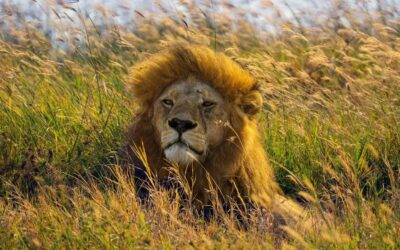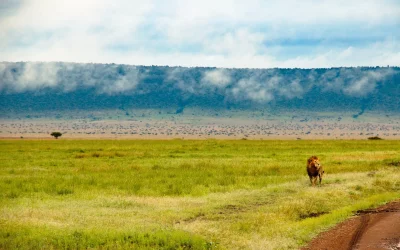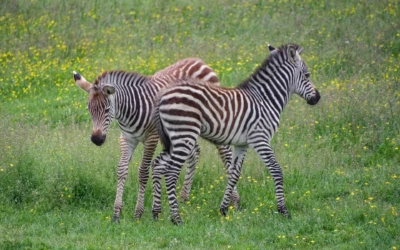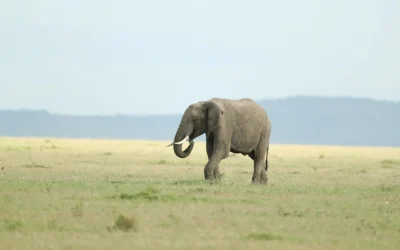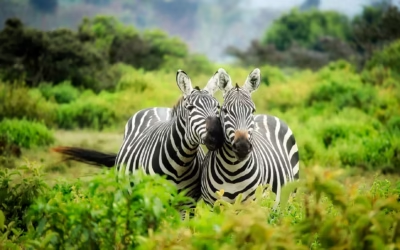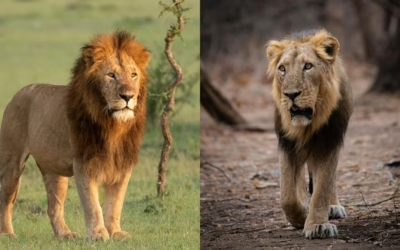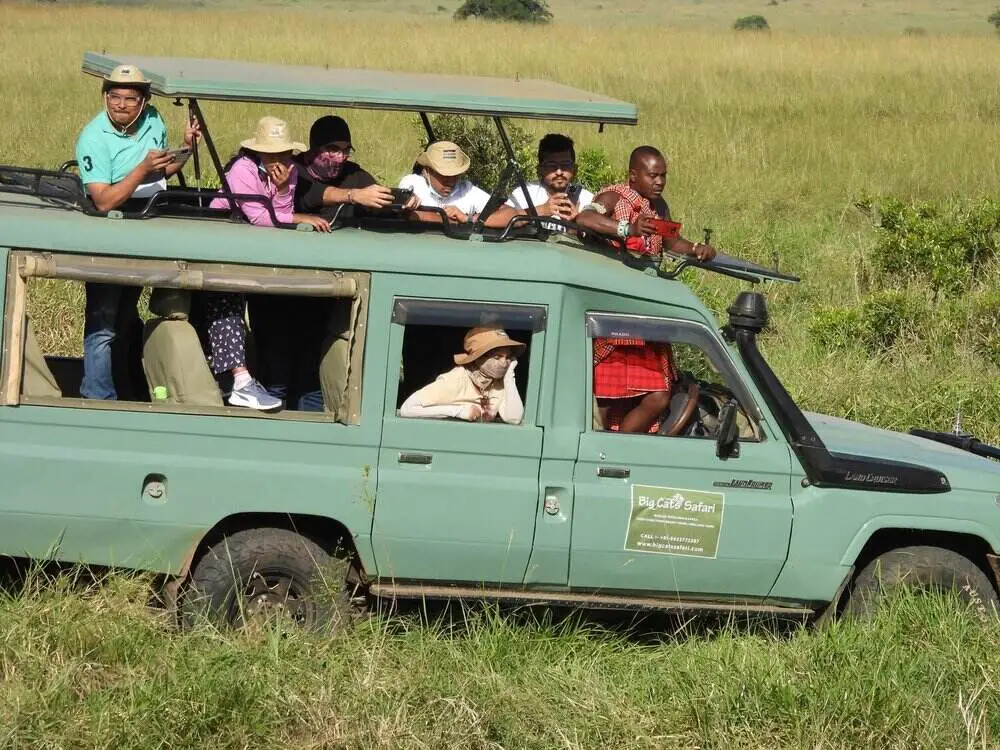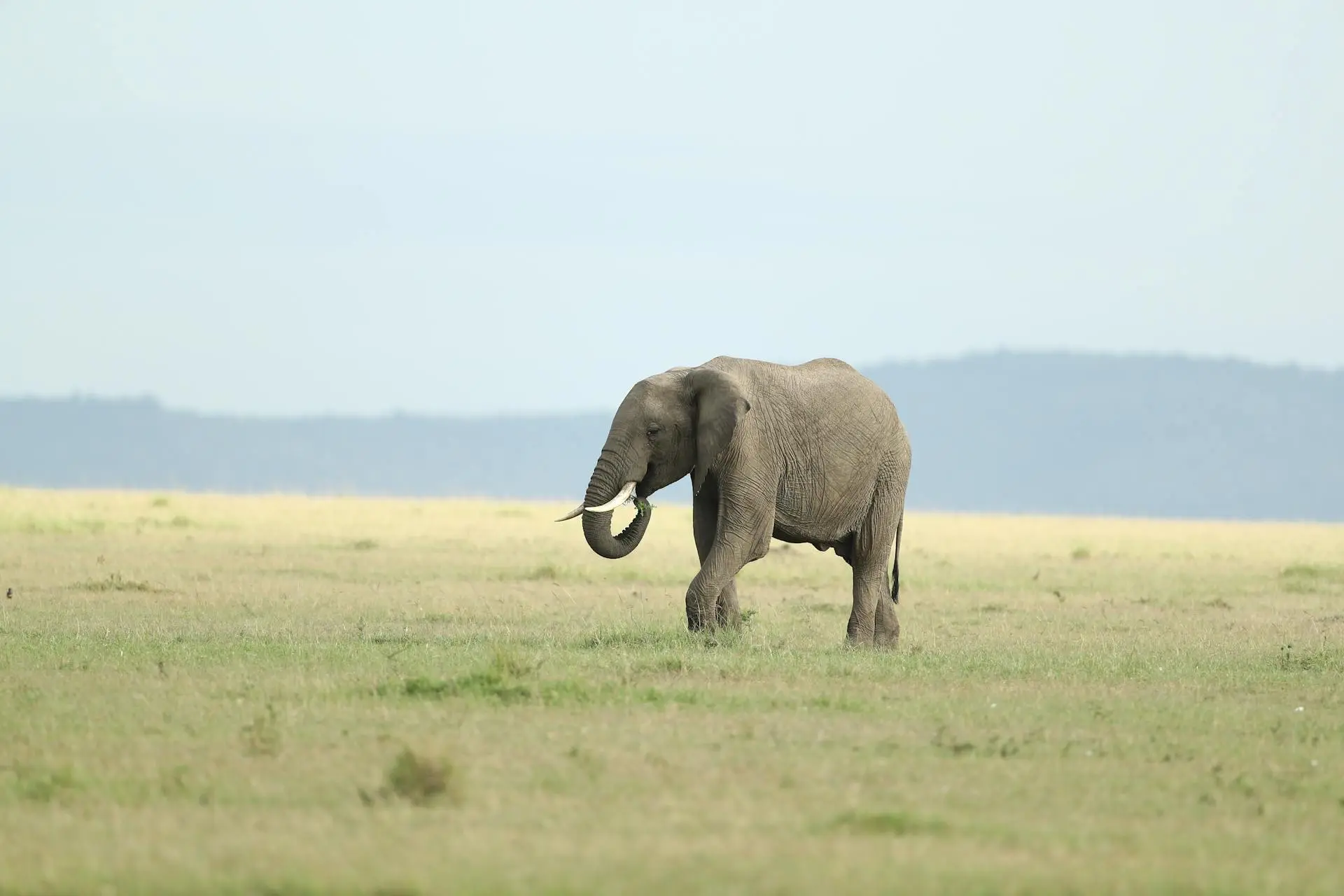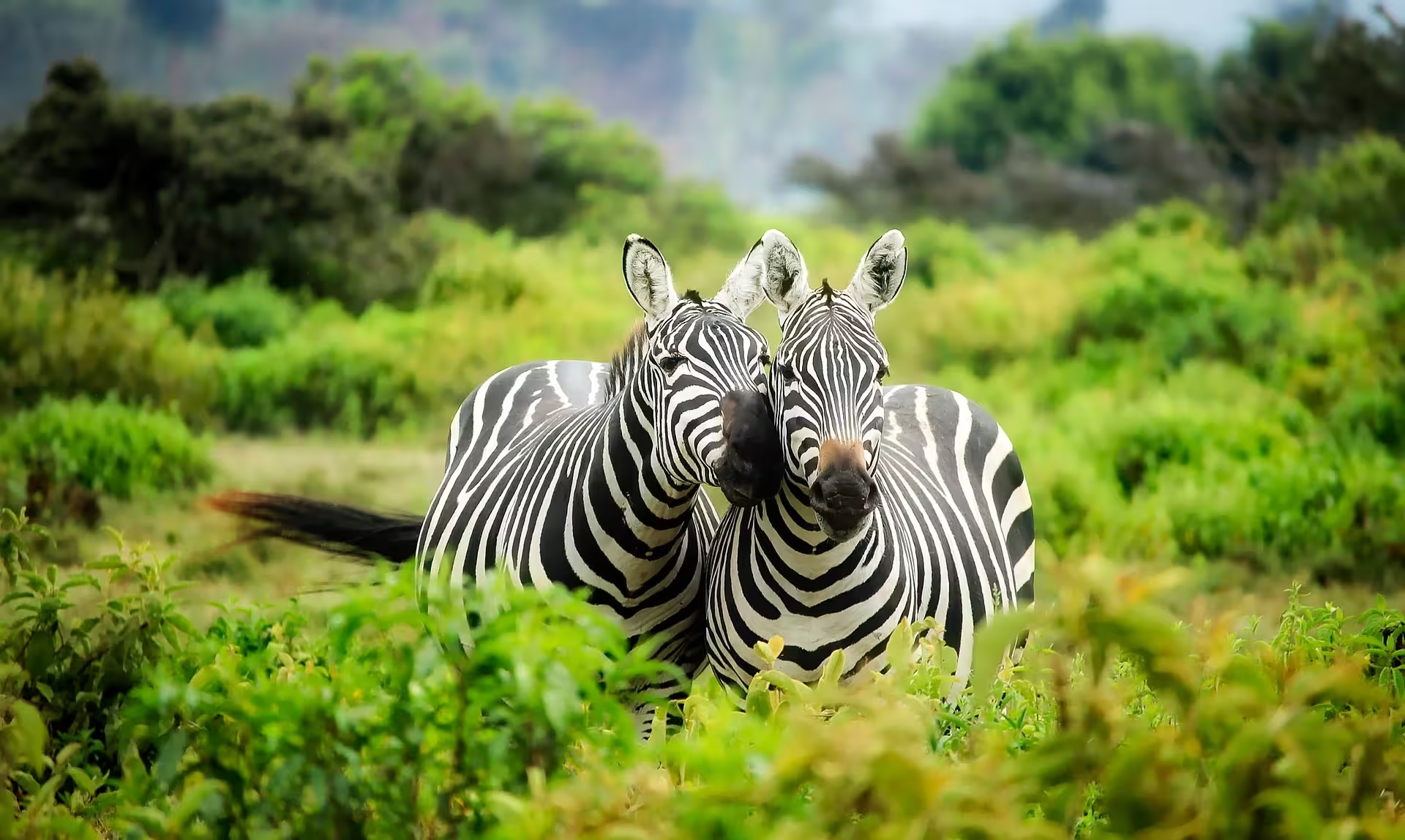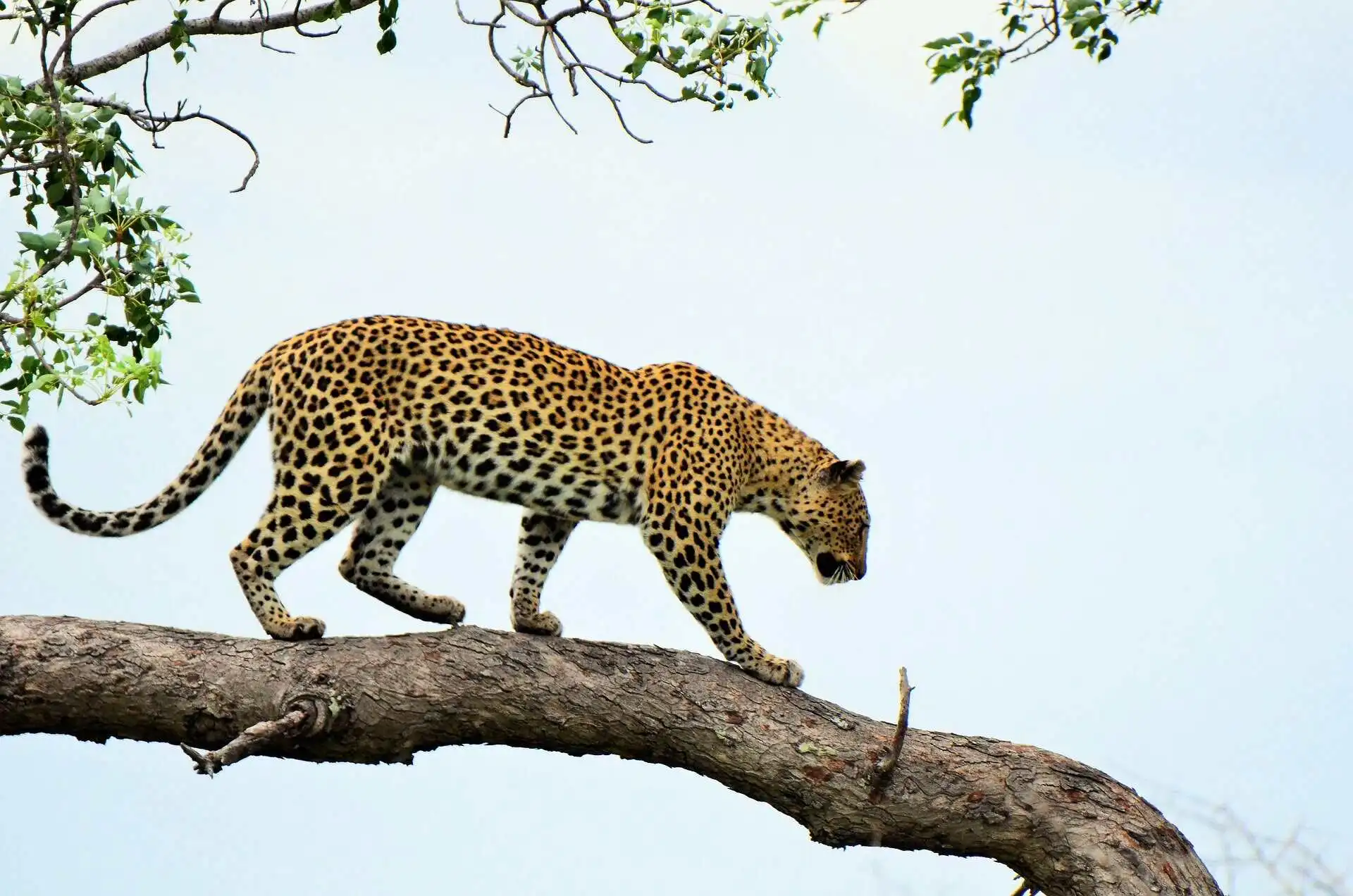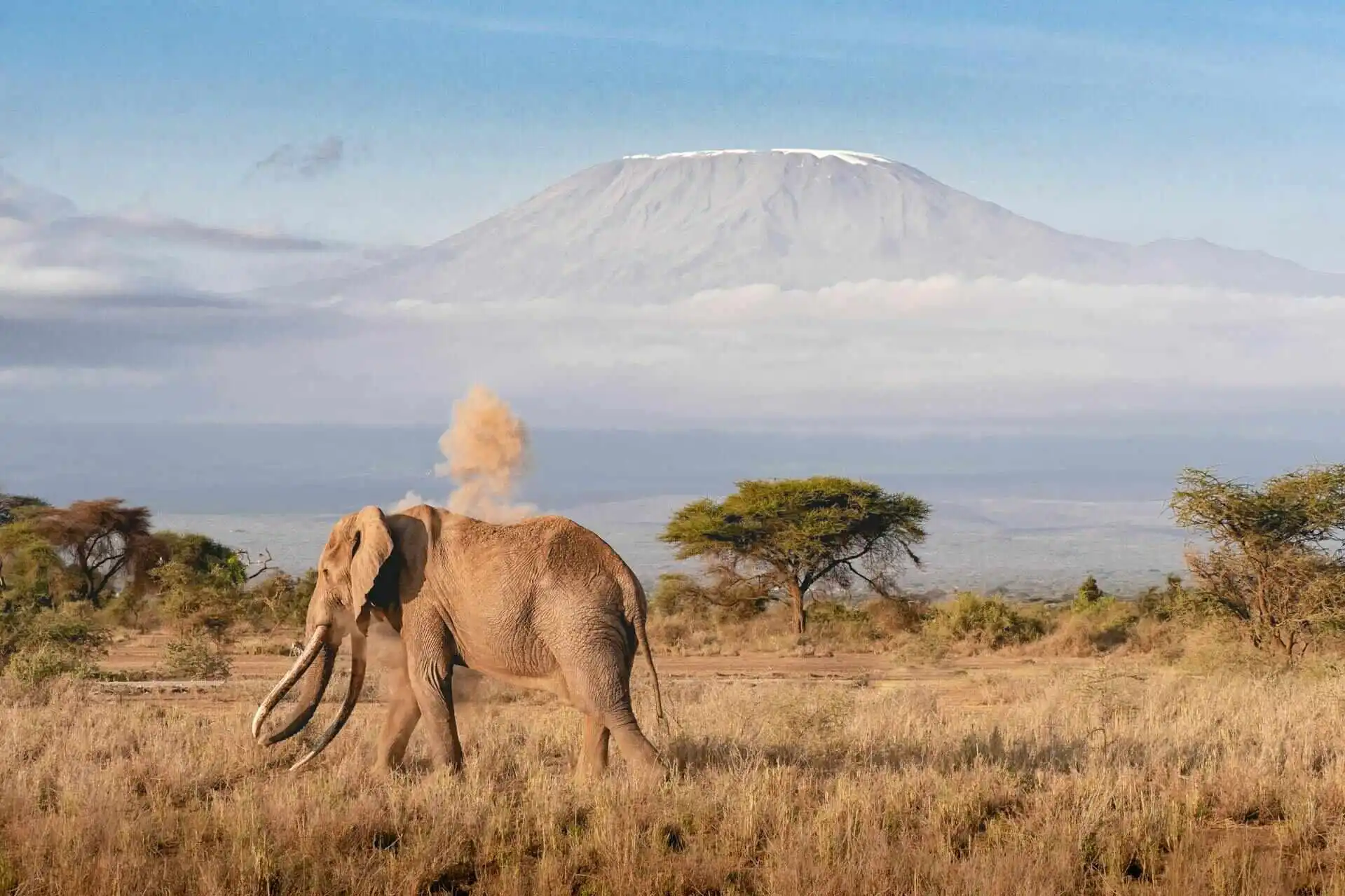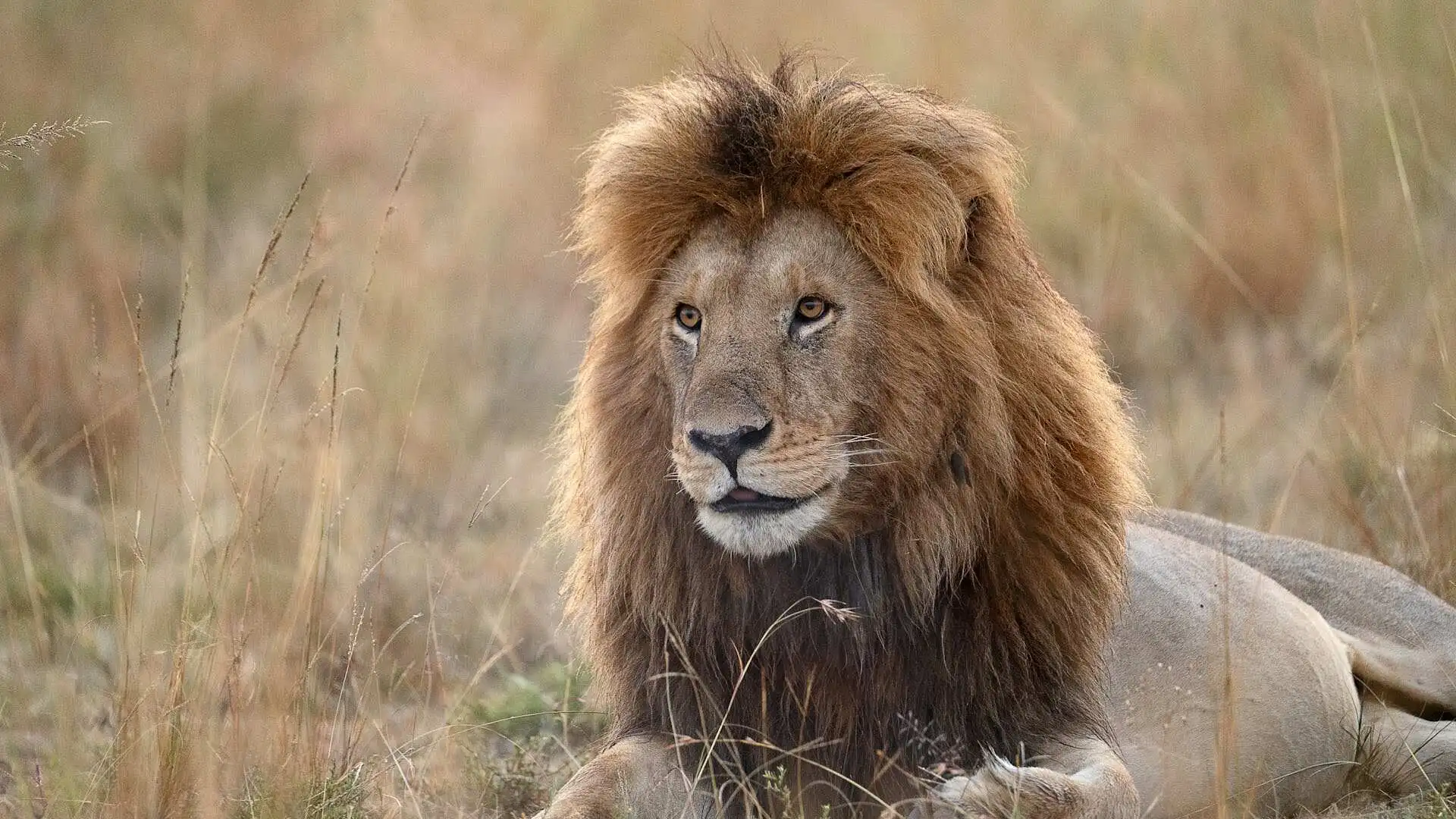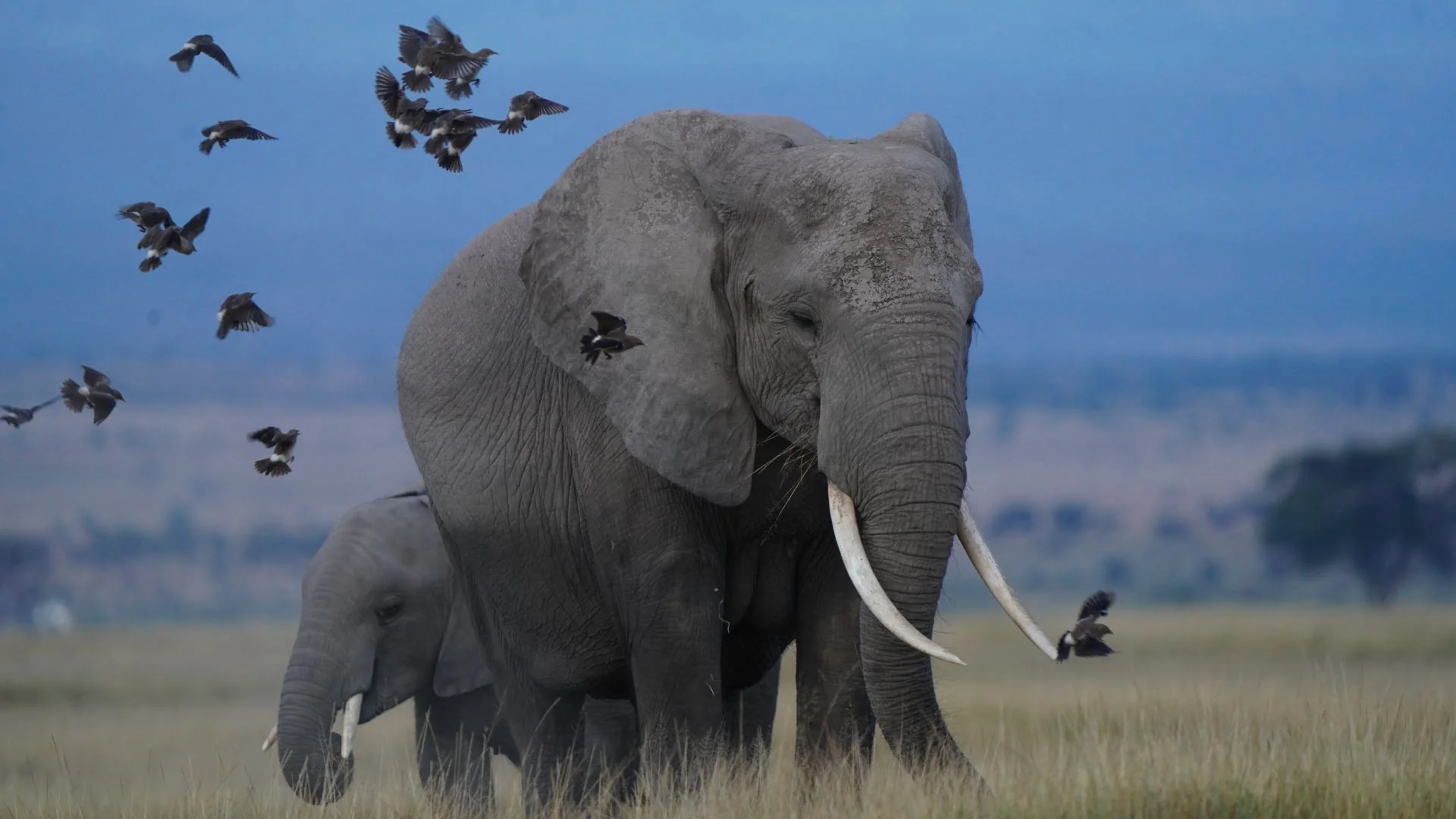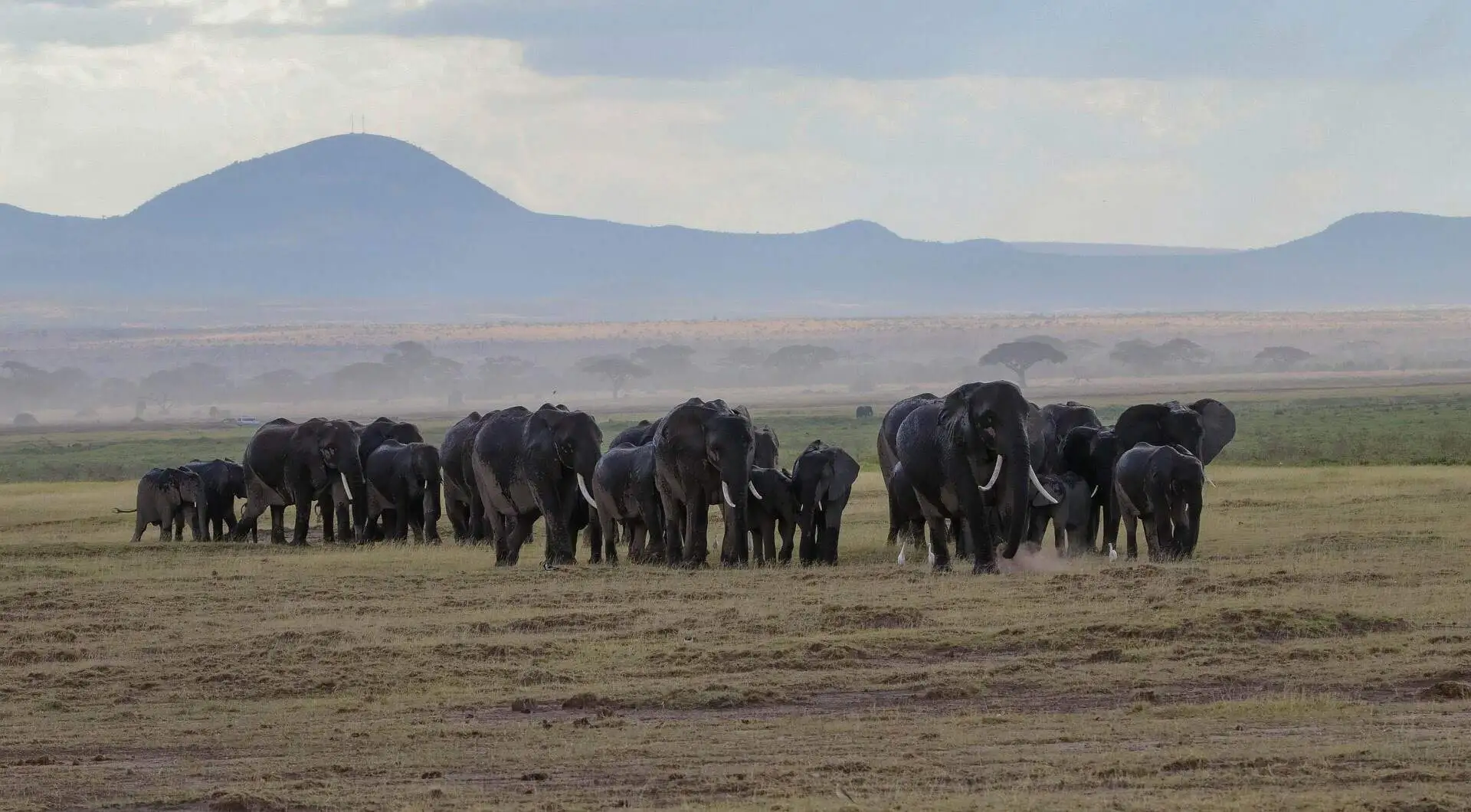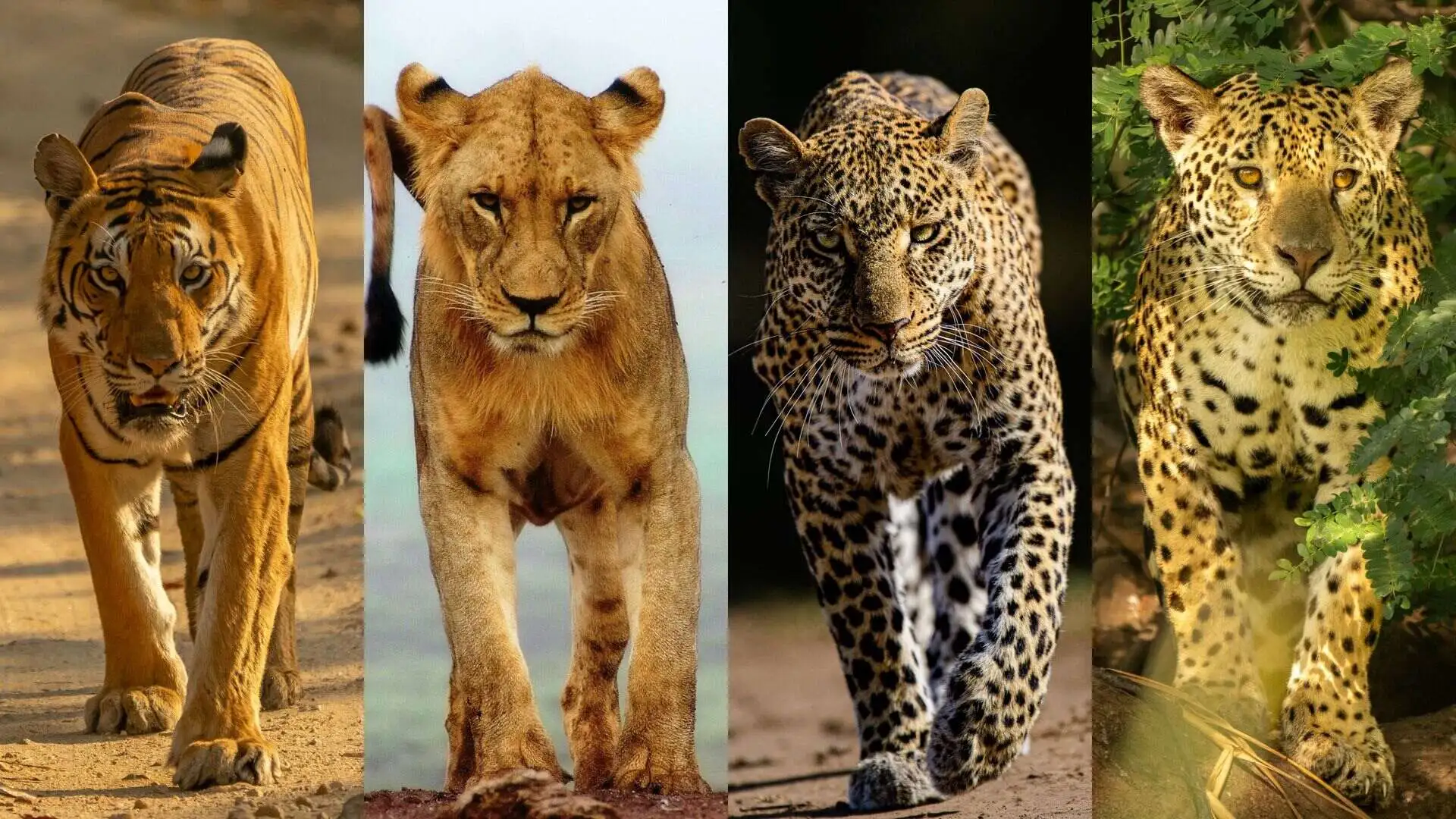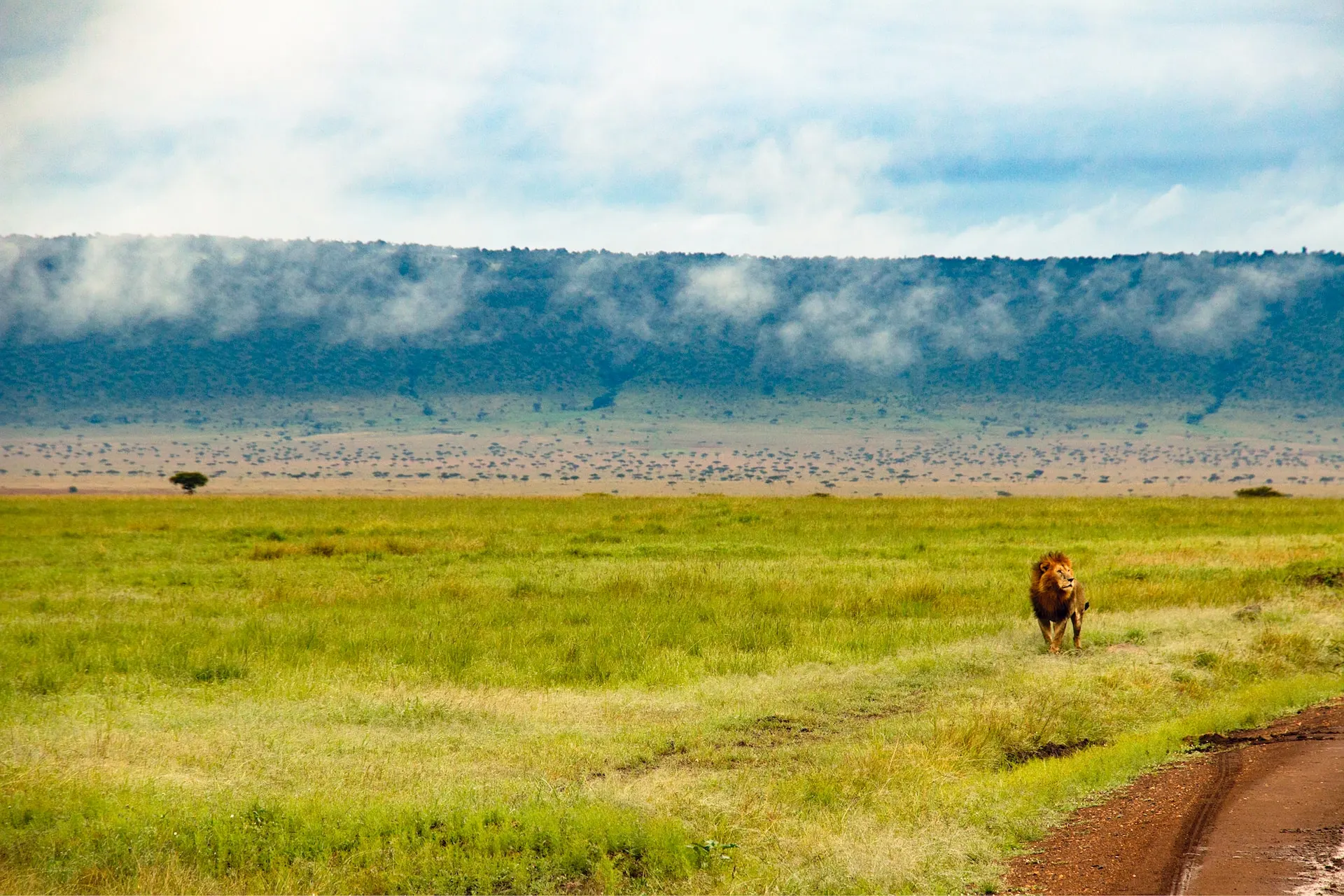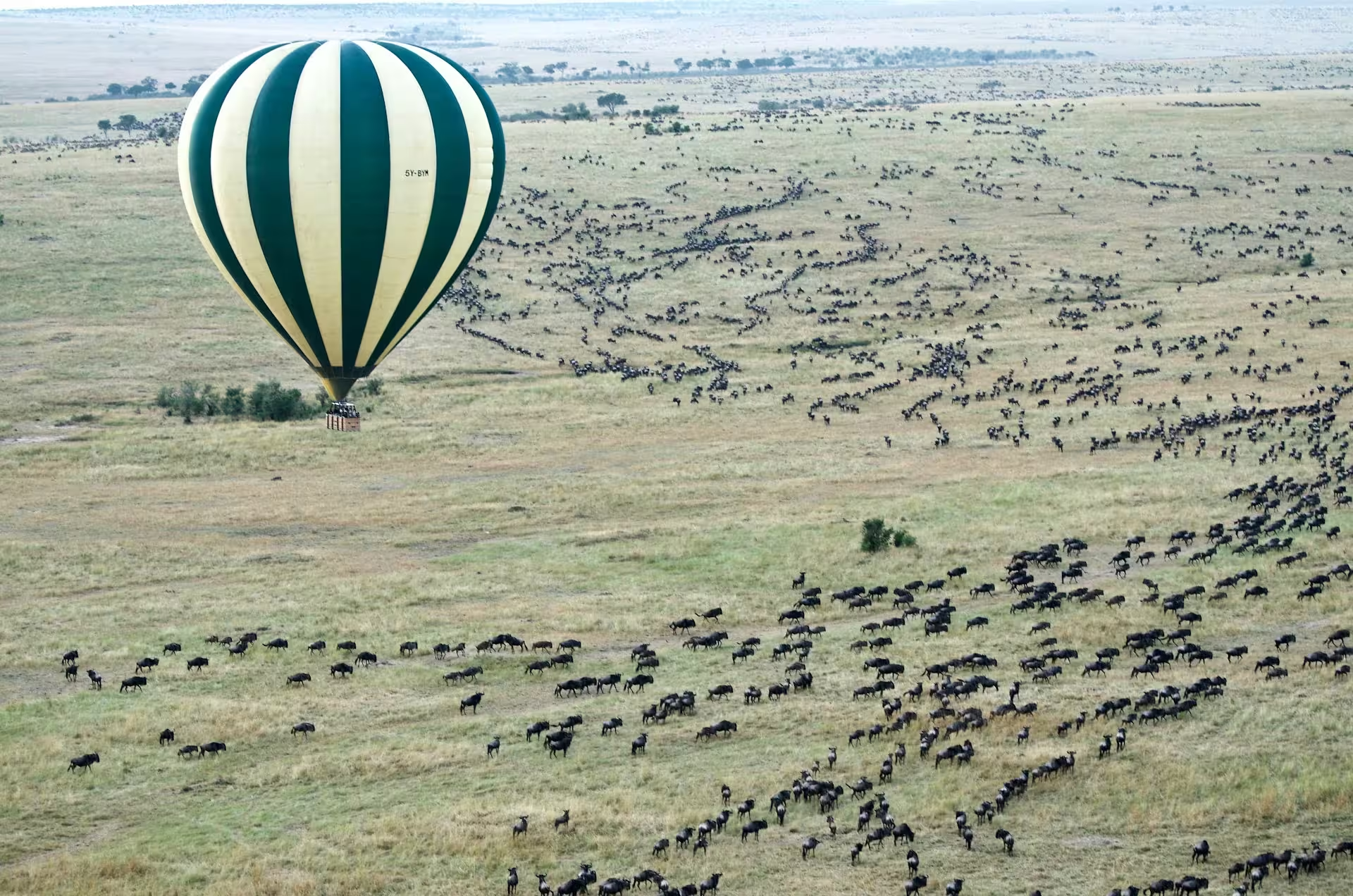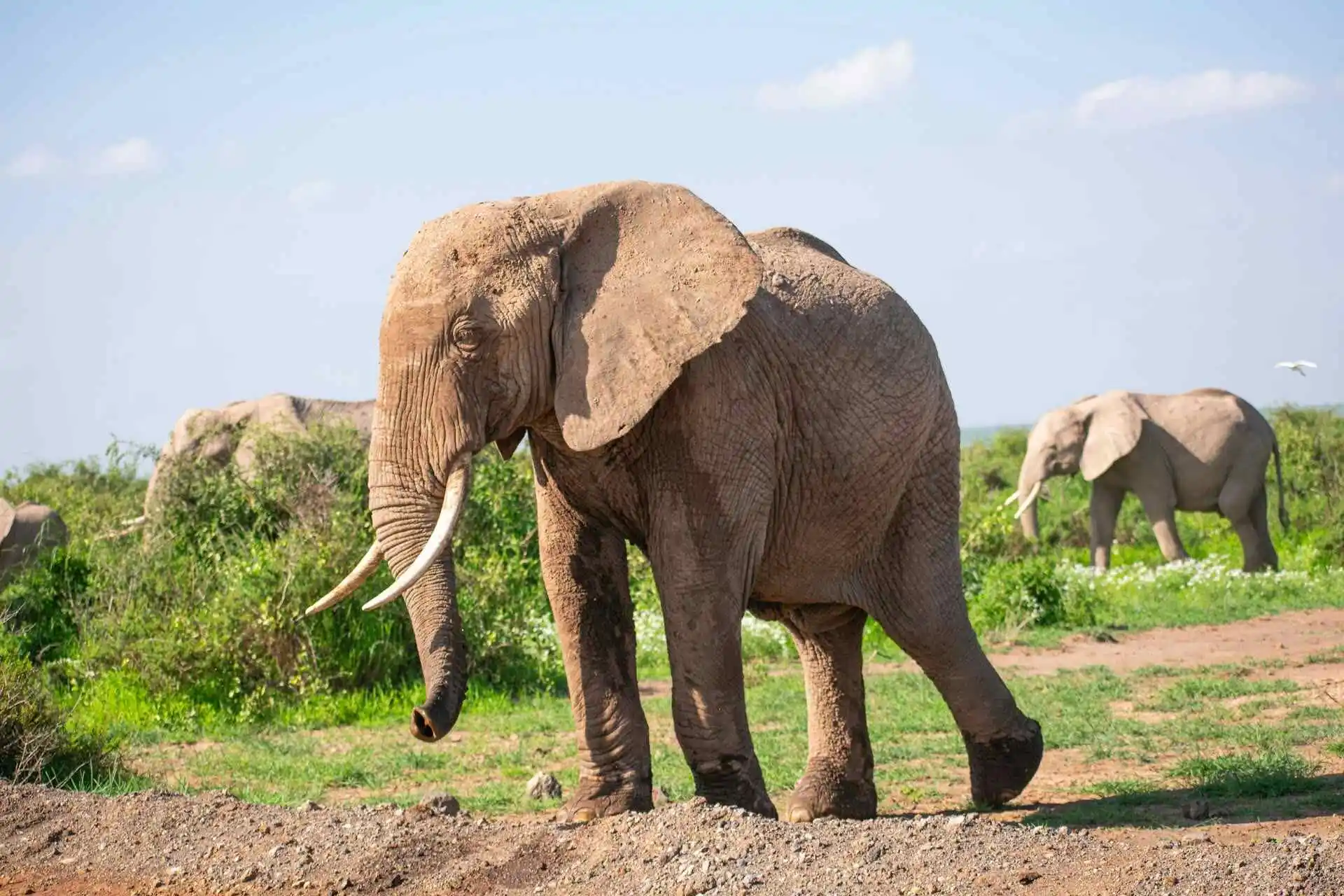When you hear “African safari,” you probably think of the Big Five: lion, leopard, elephant, buffalo, and rhino. But have you heard about their tiny cousins? Meet the Little Five of Africa. These small animals are named after the Big Five, but they are completely different but are small and less known. Spotting the Little Five takes time, patience, and sharp eyes. But finding them is part of the fun. Let’s get to know these amazing little creatures.
Ready to Know About the Little Five of Africa?
Rhinoceros Beetle
This beetle looks like a tiny rhino wearing armour. It has a horn on its head and can carry things much heavier than itself. Rhinoceros beetles are one of the strongest creatures on earth as per their body size. They do not harm people and often hide on trees or under logs.
Size: 2–6 cm
Where to find: Forests, savannahs, and near decomposing wood
Fun fact: They can lift 850 times their body weight!
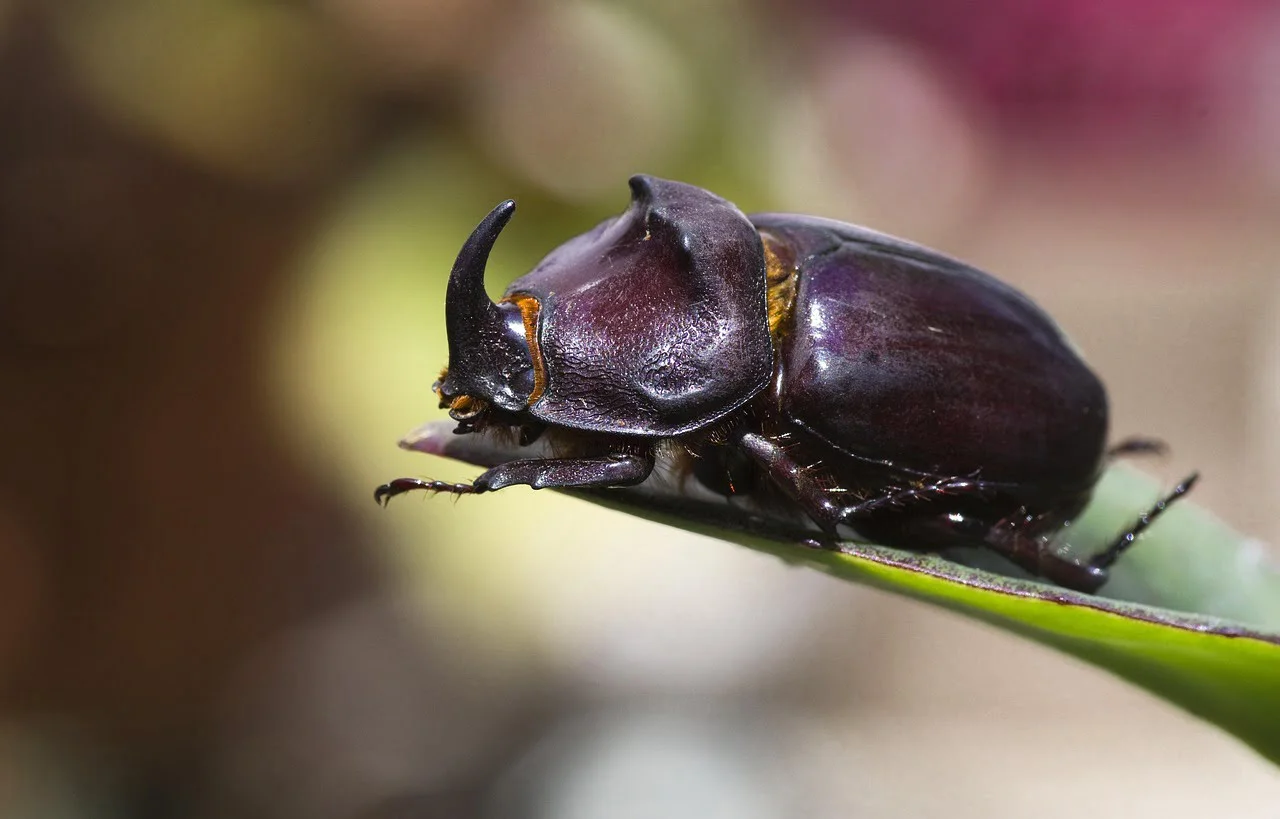
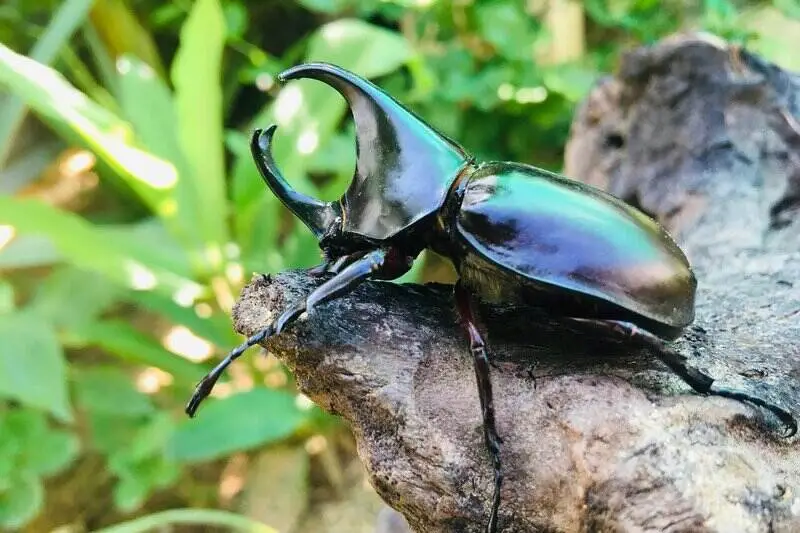
Elephant Shrew
Despite its name, the elephant shrew is not an elephant or a shrew. It is a small, fast-moving insect-eater with a long nose. These tiny animals can move incredibly quickly which makes them hard to spot. They may be small, but their DNA links them closer to elephants than to mice!
Size: 10–30 cm
Where to find: Rocky places, scrublands, and dry savannahs
Fun fact: They are more closely related to elephants than to rodents.
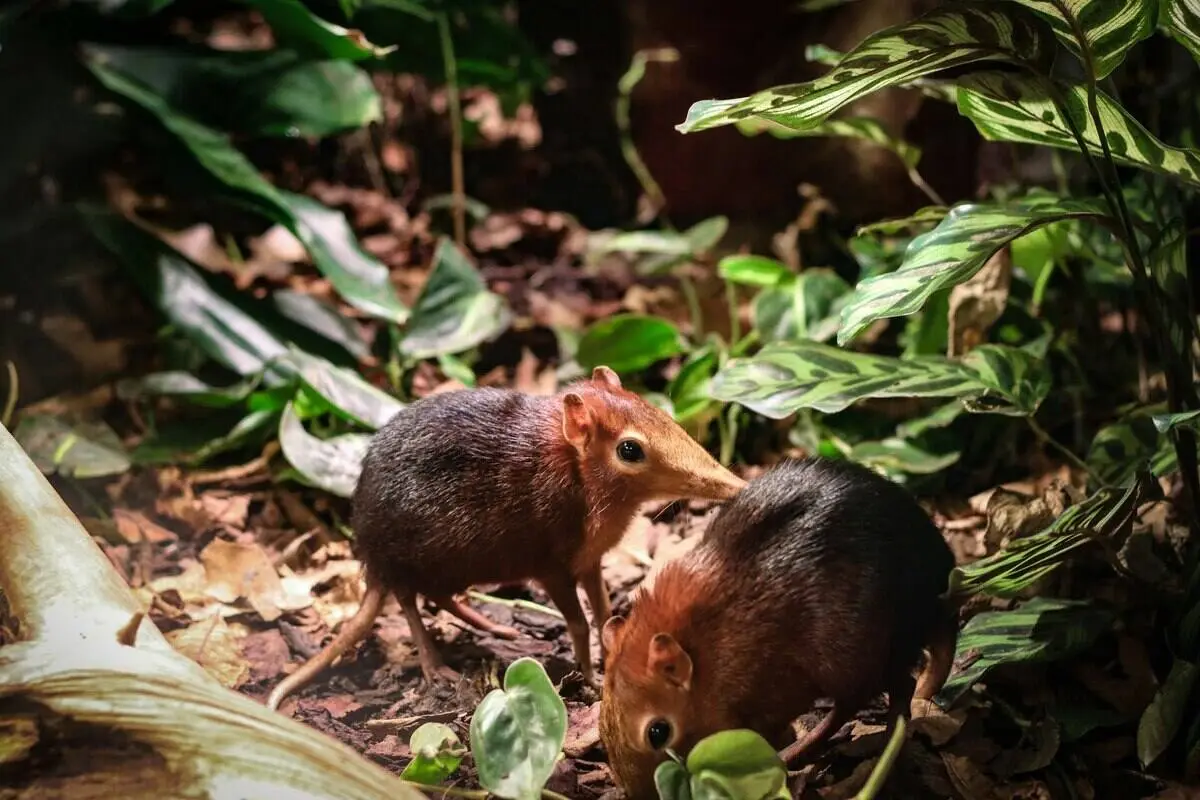
Buffalo Weaver
This noisy little bird is full of energy. Buffalo weavers are known for their loud calls and huge, messy nests. These nests look like a bunch of twigs thrown together. They often house many birds at once just like a bird apartment building!
Size: 20–23 cm
Where to find: Trees in savannah or woodland areas
Fun fact: One nest can hold several generations of birds.
Leopard Tortoise
This tortoise has a beautiful shell with black and yellow spots that look like leopard markings. It is the largest member of the Little Five and can even swim. Leopard tortoises live for many years and spend most of their time grazing on grass.
Size: up to 70 cm in long
Where to find: Grasslands and dry regions
Fun fact: It is one of the few tortoises that can swim.
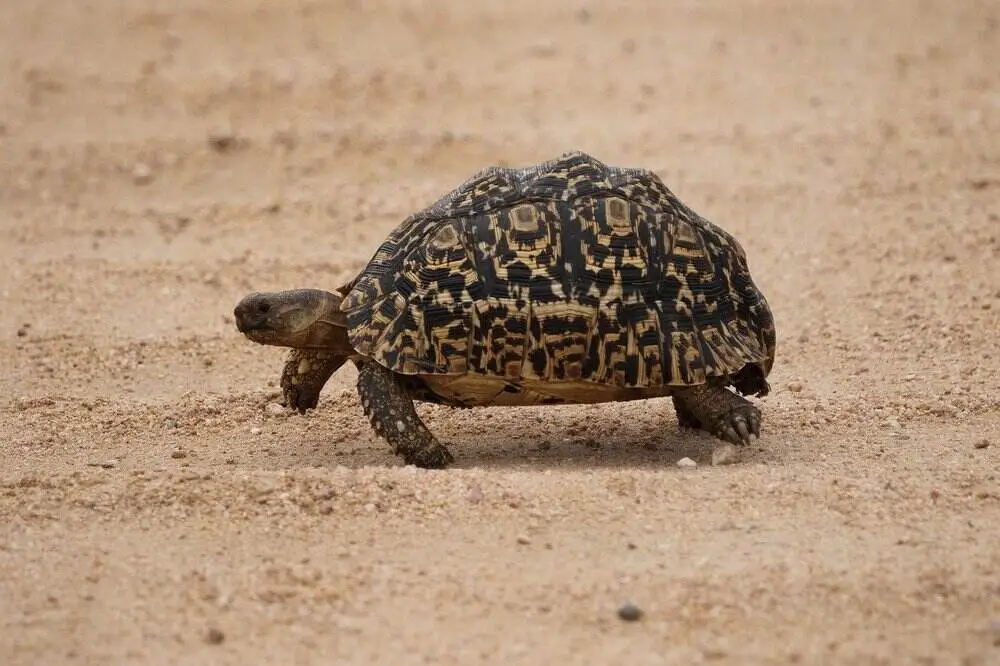
Antlion
You might not see the antlion, but you will notice the trap it leaves behind. Its larvae dig cone-shaped holes in the sand to catch ants. Once an insect falls in, it cannot escape. The antlion flicks sand to keep it trapped until it is caught.
Size: 1–3 cm (larva stage)
Where to find: Dry, sandy areas
Fun fact: Adults look like dragonflies, but the larvae are the real hunters.
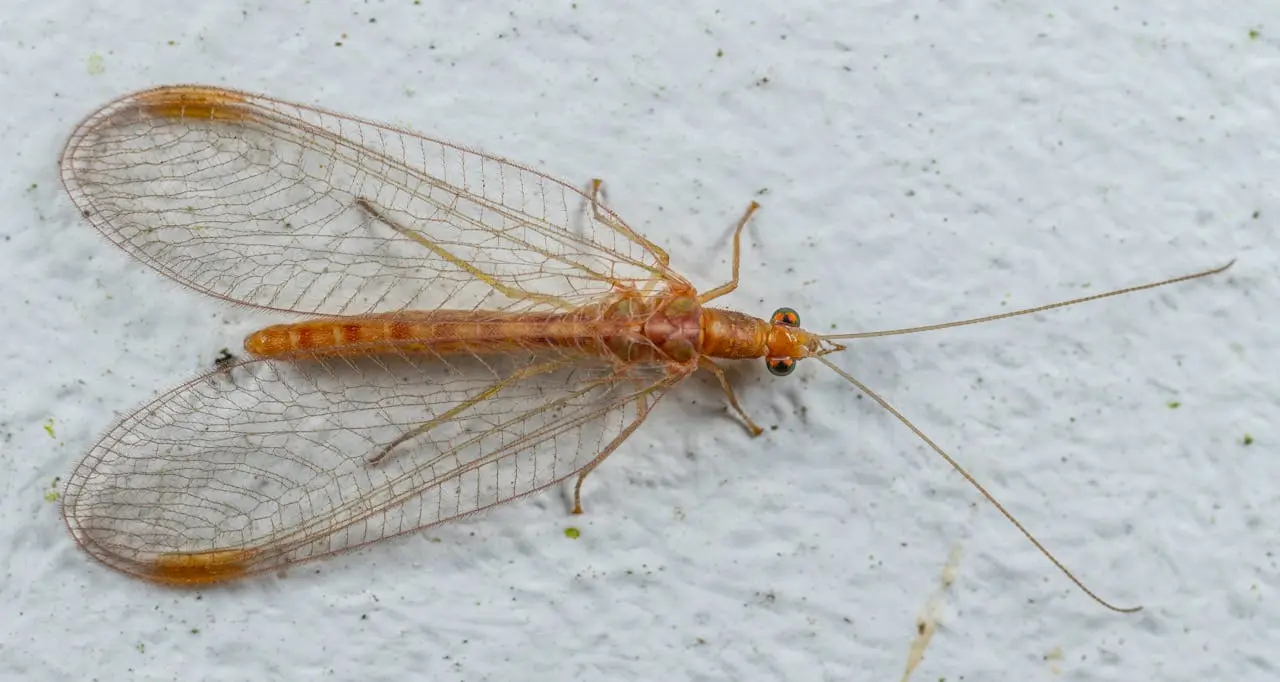
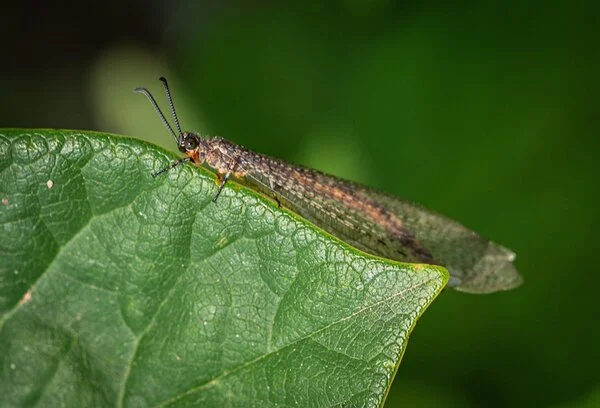
Tips to Spot the Little Five on Safari
Looking for the Little Five is a special kind of safari. You need to slow down and look closely. Here is how to do it:
- Go with a guide who knows where to look
- Try a walking safari, you will notice more things on foot
- Bring binoculars or a camera with a macro lens
- Stay curious as small wonders are all around you
Seeing lions or elephants in the wild is amazing. But watching a buffalo weaver work on its nest or spotting an antlion’s clever trap? That is something truly magical. So, when you go on safari with Big Cats Safari, do not just focus on the big animals. Take time to notice the small ones too. The Little Five may be tiny, but they leave a big impression.

